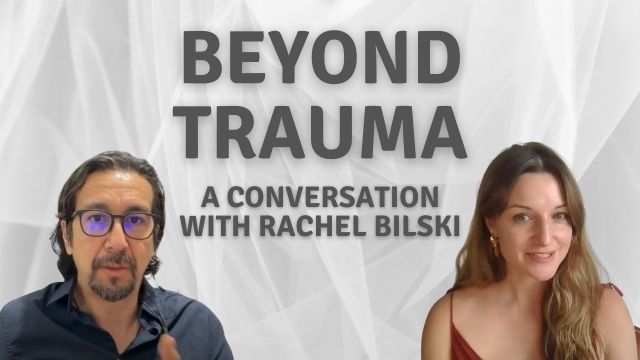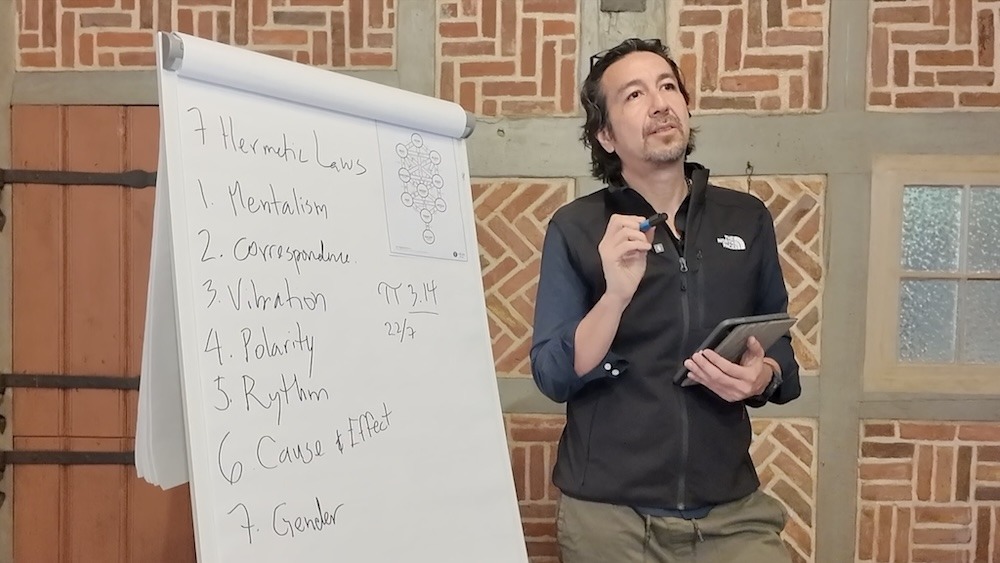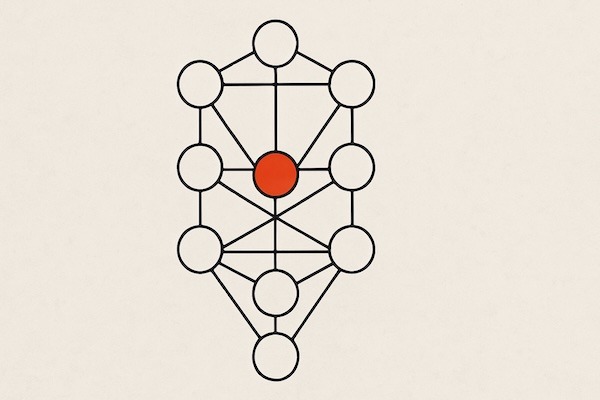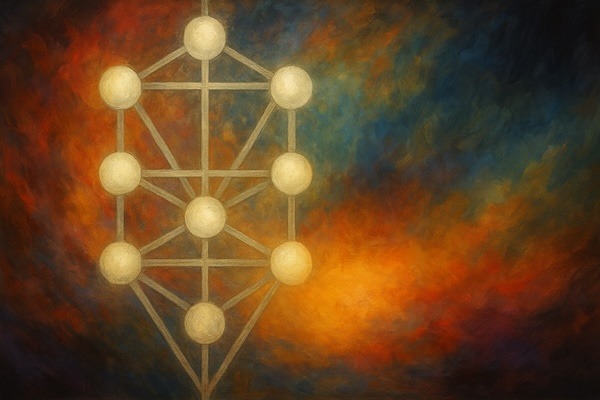In recent years, the therapeutic use of psychedelics has gained significant attention for its potential to facilitate profound personal growth and healing. As more individuals seek out psychedelic retreats to explore these transformative experiences, the integration process becomes crucial in ensuring long-lasting benefits. One powerful approach that complements psychedelic therapy is Somatic Experiencing (SE), a body-centered technique designed to help individuals release trauma and restore balance to the nervous system. This article explores the integration of Somatic Experiencing in psychedelic retreats and how it enhances the healing journey.
Understanding Somatic Experiencing
Developed by Dr. Peter A. Levine, Somatic Experiencing focuses on the body’s natural ability to heal itself and release trauma through the awareness of bodily sensations. Trauma is often stored in the body, and by accessing and releasing this stored energy, individuals can recover from traumatic experiences and reduce symptoms associated with stress and trauma. SE emphasizes gentle and mindful techniques, such as body awareness, pendulation (alternating attention between discomfort and comfort), titration (approaching trauma in small doses), and resource building (identifying strengths and supports).
The Role of Psychedelics in Healing
Psychedelics like psilocybin, LSD, and ayahuasca have shown promise in treating conditions such as depression, PTSD, and anxiety. These substances can catalyze deep introspection, emotional release, and spiritual insights. However, the intensity of these experiences can sometimes be overwhelming, making integration a critical component of the therapeutic process. Integration involves making sense of the insights gained during the psychedelic journey and incorporating them into daily life, ensuring that the benefits are sustained over the long term.
How SE Enhances Psychedelic Integration
Combining SE with psychedelic therapy provides a holistic approach that addresses both the mind and body, enhancing the integration process in several ways:
- Enhanced Processing of Trauma:
Psychedelics can bring repressed traumas to the surface, which can be challenging to process. SE helps individuals release trauma stored in the body, complementing the emotional and psychological processing facilitated by psychedelics. - Increased Grounding:
Somatic techniques provide tools for staying grounded and present, reducing the risk of overwhelming or destabilizing experiences. This is particularly important in the often intense and disorienting aftermath of a psychedelic journey. - Improved Emotional Regulation:
SE techniques help regulate emotions, making it easier to integrate and make sense of the intense experiences encountered during psychedelic sessions. This regulation fosters a sense of safety and stability. - Holistic Healing:
By addressing both the mind and body, the combination of SE and psychedelics promotes holistic healing, leading to more comprehensive and lasting change. This integrated approach acknowledges the interconnectedness of physical sensations, emotions, and thoughts. - Greater Resilience:
Building somatic awareness and resources increases resilience, equipping individuals with the tools to cope with future stressors or challenging experiences. This resilience is crucial for maintaining the benefits of psychedelic therapy.
A Typical SE-Integrated Psychedelic Retreat
At a psychedelic retreat that incorporates Somatic Experiencing, the journey begins long before the psychedelic session itself. Here’s a glimpse into how such a retreat might unfold:
- Preparation:
Participants start with preparation sessions, where they build trust with therapists, set intentions for their psychedelic experience, and learn basic somatic techniques. These techniques, such as grounding exercises and body awareness practices, help participants stay connected to their bodies during the psychedelic journey. - During the Psychedelic Experience:
During the psychedelic session, participants are encouraged to stay connected to their bodily sensations. Guides may remind them to use somatic techniques, like focusing on their breath or feeling their feet on the ground, to navigate intense emotions or sensations. - Post-Experience Integration:
After the psychedelic experience, the integration process begins. Participants engage in SE sessions where they focus on and describe their bodily sensations, use pendulation and titration to process difficult emotions, and reinforce internal and external resources. Grounding techniques help them stay present and connected to the here and now. - Ongoing Support:
The retreat offers ongoing support through follow-up sessions, helping participants continue their integration journey. These sessions reinforce the learning and coping strategies, ensuring the long-term benefits of the psychedelic experience.
Conclusion
Integrating Somatic Experiencing with psychedelic therapy in retreat settings offers a powerful path to holistic healing. By addressing both the mind and body, this approach helps individuals process and release trauma, stay grounded, and integrate profound insights into their daily lives. As the therapeutic use of psychedelics continues to evolve, incorporating SE can enhance the healing journey, leading to deeper and more lasting transformation.
For those considering a psychedelic retreat, choosing one that incorporates Somatic Experiencing can provide a comprehensive and supportive environment for true healing and growth.







